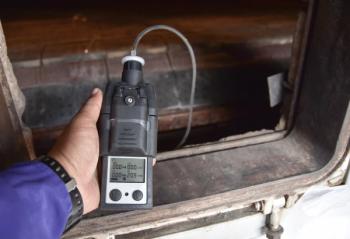
NIST Researchers Develop Frequency Converter for NIR Spectroscopy
Researchers at the National Institute of Standards and Technology (NIST, Gaithersburg, Maryland) have developed a highly sensitive, low-cost NIR spectroscopy technique that can measure the specific wavelengths used in telecommunications as well as single-photon levels of infrared light given off by fragile biomaterials and nanomaterials.
Researchers at the National Institute of Standards and Technology (NIST, Gaithersburg, Maryland) have developed a highly sensitive, low-cost NIR spectroscopy technique that can measure the specific wavelengths used in telecommunications as well as single-photon levels of infrared light given off by fragile biomaterials and nanomaterials. The approach “up converts” infrared photons up to the visible range using a tunable laser. The narrow-band pump laser scans the infrared signal photons and converts only those that have the desired polarization and wavelength to visible light. The visible light is easily detected by commercially available avalanche photodiode detectors. The new system reportedly enables spectra to be measured with a sensitivity that is greater than 1000 times that of current commercial optical spectral instruments.
Newsletter
Get essential updates on the latest spectroscopy technologies, regulatory standards, and best practices—subscribe today to Spectroscopy.





